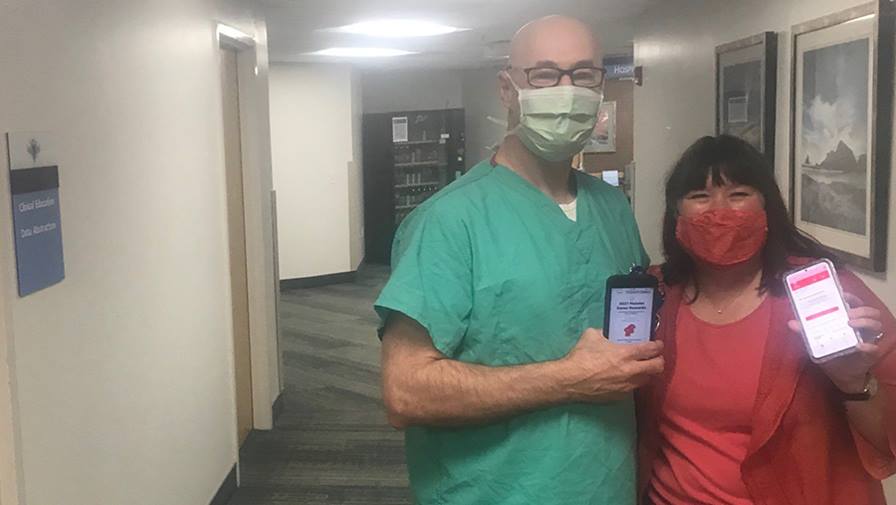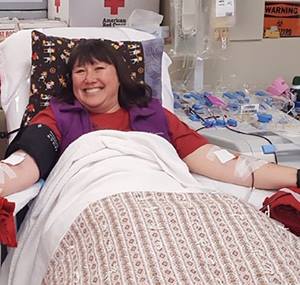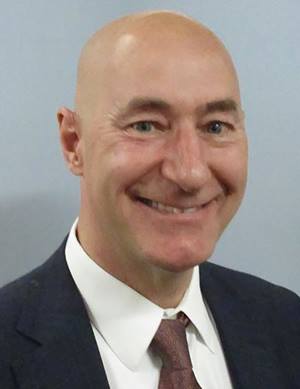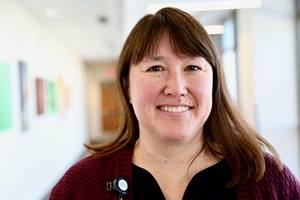

Taki May, MD, the medical director at Logan Regional Hospital, has donated 239 units since they started tracking such donations.
When Jan Goossens, MD, hospitalist, takes his wife out on a date they often make it a point to save a couple lives and take in a movie.
The hospitalist’s unorthodox dating practice was inspired, in part, by Taki May, MD, the medical director at Logan Regional Hospital, who’s made a habit of saving lives once or twice a month for more than 25 years.
They contribute in big ways by traveling to Layton or Salt Lake City to donate blood platelets to the American Red Cross. Donating blood platelets is different than giving blood at a regular blood drive. It can take two to three hours because when you donate platelets, you’re hooked up to a machine that takes your blood, extracts the platelets, then puts your blood back in your body, where your body automatically makes more platelets.

Jan Goossens, MD, says if you are going to get out of the house, you need a good reason to do so.
“Most of us have way more platelets than we need,” Dr. May says. “That’s why they can take the platelets without any harm to us and our bone marrow will make more.”
Dr. May says the need is great now because the company that does infectious disease screening for the Red Cross had some trouble and it hasn’t been able to get donor’s blood through the testing phases quickly enough. That has contributed to a blood platelet shortage, which can have serious consequences for people in need, she says.
“When something like that happens, it impacts what surgeries we can do in our facilities, so surgeries with more blood loss, like heart procedures, may have to be postponed,” she says. “It’s not like you’re planning for heart surgery; it’s not like an elective knee surgery. These are procedures people need urgently. It means people who are potentially not completely stable have to wait longer to get what they need.”
Natural disasters and the power outages that can come with them, like they experienced in Texas recently, can also negatively impact the blood platelet supply because sometimes regular donors aren’t able to donate.

Taki May, MD, believes more caregivers would donate blood platelets if they knew how much they are needed.
“They still have accidents,” Dr. May says. “In fact, they often have more accidents during a natural disaster and the need for blood products increases, but there’re no products coming in.”
Stored platelets have a very short lifespan—just five days, much shorter than red blood cells—so the need for donors is constant, she says.
That’s part of why Dr. Goossens has made date night a time to go to Salt Lake City and donate platelets.
“In this age of COVID, you don’t get out very much,” he says, “If you’re going to get out, you need a good reason to go out. We started doing this about a year ago now and I’ve donated about 15 units. You’ve got to start somewhere.”
Dr. May, who has donated 239 units since they started tracking that sort of thing, has a head start on him. Despite her time-consuming duties as the medical director, she goes in once or twice a month and looks forward to it.
“I actually find it really relaxing, because when I’m hooked up to that machine, I’m not going to be answering phone calls or emails,” she says. “I get to sit there and watch Netflix or a movie. I just relax and enjoy that downtime.”
Dr. May has a high platelet blood count.
“I’m a tripler, so every time I go and donate, I can donate three units of platelets,” she says. “I can help three different people.”
Dr. Goossens says the process doesn’t wear him out or hurt.
“There’s a little bit of a poke when you do it, but they’re so experienced at doing it, that you hardly feel a thing,” he says. “What happens is they take out the platelets, and then they give you back everything else. You don’t feel ill at all after you give and I don’t really notice anything even when I give plasma. And you get to watch a movie and help somebody. How good is that?”
“It’s a small price to pay for saving a life, right?” Dr. May says.
Platelet donations can be made once or twice a month and plasma donations can be made just once a month.
“You can actually donate three different types of blood products, red cells, platelets, and plasma,” she says. “Plasma is the liquid part of our blood that carries the cells and platelets. It contains clotting factors that are needed by patients who have lost them due to bleeding from trauma or an operation.”
Encouraging people to donate blood platelets isn’t part of her job at Intermountain, but Dr. May tries to get the word out anyway because the need is so great.
“A lot of people have no idea the need to give blood platelets even exists,” she says. “I believe some of our caregivers would donate if they knew how many people they could help by doing so.”

